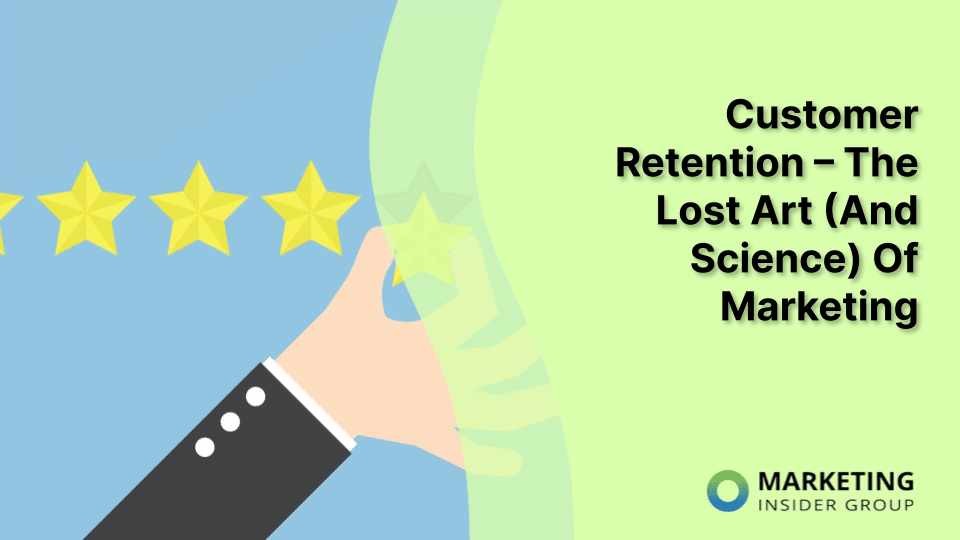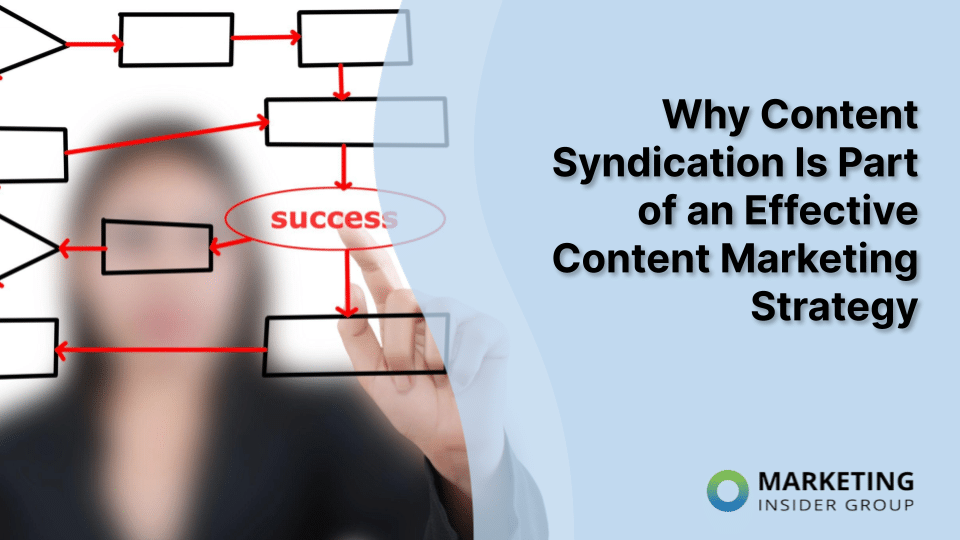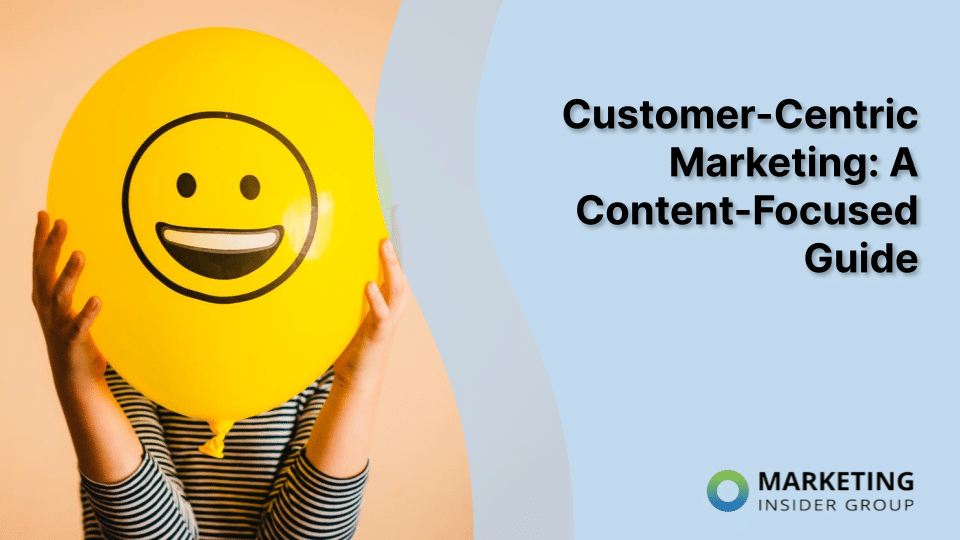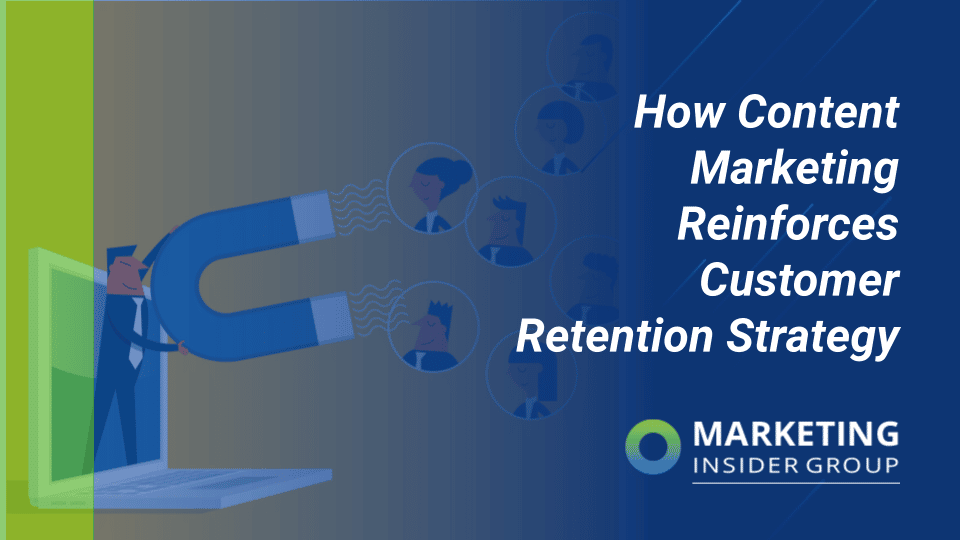
How Content Marketing Reinforces Customer Retention Strategy
Having a balanced business model is the goal for every company. A strong sales team doesn’t do any good if your business can’t retain its customers. Customer retention doesn’t do any good if the cost to retain customers outweighs the revenue they generate back to your business.

What is customer retention? Customer Retention is the measure of the percentage of customers who continue to use your product over time. Some companies measure the opposite of retention: churn rate. Or the percentage of customers who leave in a given time period.
Retention marketing, then is a strategy to keep more of the customers you acquire, and also to get them to spend more and stay longer.
Customer success is a complex challenge to solve. The required investment of time, energy and resources to set up a successful customer can drain a business while it figures out what it takes to make them stick.
Ultimately, the only way a company can be successful is if the cost to acquire and retain a customer is largely outweighed by the monetization that customer will return to your business (about 3-5x that cost). You can improve the odds of customer retention through content marketing with some of the tips below!
But first, here’s a video from Shopfiy talking about the how tos of customer retention through content marketing:
Quick Takeaways:
- Content marketing is crucial to amplifying your general digital marketing strategy
- Providing consistent and quality content across your different channels can increase customer retention
- Customer retention efforts can be focused directly on your website, on your social media, and in your email marketing
Set a Healthy business model
In general, we want to find a way to decrease our costs to acquire customers, and for the customers that we do acquire, we want to make sure they stick around and aren’t too expensive to keep.
So how do we do this? The best way to cut down costs of a process that requires employee time is to identify where you can replace that time with content and tools. Doing this allows your teams to operate more efficiently and lets your customers learn and engage at their own pace.
To understand this further, we’ll break down each step of the customer success journey and identify where we can swap employee resources for content.
1. Customer Development
This is ultimately the foundation for building your customer success strategy, so as you can imagine, it’s pretty important. Create buyer personas to understand who your buyers are. Are they a c-level executive? A director? Are they someone who forges their own path?
Depending on your business size, you’ll have a varying number of these personas. The main point of this exercise is to draw out similarities of buyers and group them together. This will help you segment your marketing efforts to them later on. The important thing is that all these personas should be a perfect fit with your product, service support and even company culture.
While content shouldn’t directly impact this exercise or replace the employee time spent, you should take a look at the engagement your typical buyers have with your content and if that has any affect on their relationship with your brand. For example, we found that customers who engaged with our content had a 41% higher renewal rate, were 33% more likely to be upsold and had a 24% higher monthly recurring revenue rate.
2. Customer Acquisition
Most buyer journeys start with a simple Google search. What better way for a prospect to find your brand by being the top answer for their search? The way to do this cost effectively isn’t by buying AdWords. The way to do this is by creating great content that earns the top search result position.
The second part of this step is to focus on acquiring the right customers. If you don’t acquire customers that fit your offering, not only will you have a harder time retaining them, but they’ll have a harder time using your products and services.
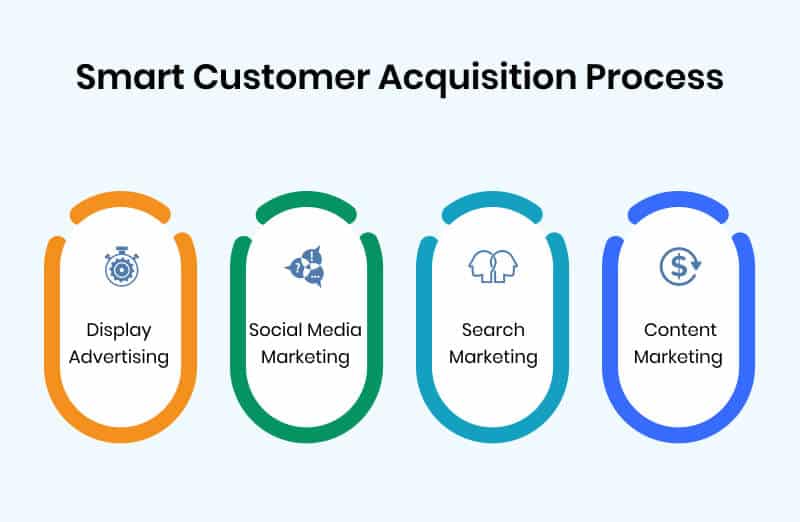
Source: Rev Chat
Do both parties a favor and focus on the customers who fit your use case. This is where a lot of companies take a wrong turn. They want to close the deal so they’ll promise things the company doesn’t deliver or future sell features that don’t exist. The way content can get you out of this predicament is when you do create bottom-funnel content, such as white papers and case studies, stay true to your company’s offering.
3. Customer Onboarding
The onboarding stage is the first time post-sale when a customer starts using your product. This stage is probably the biggest opportunity for content to do some heavy lifting. After a few onboarding experiences, you should be able to anticipate the needs and questions of your customers. Create a destination that makes finding these answers easy for your customers.
And they’re right! Getting off the ground running is important to getting the initial attention of your customers.
4. Initial Engagement + Functional Support
This is perhaps the most critical phase for a customer’s success. It’s first time the customer takes the training wheels off and should have sufficient knowledge to use the product. The key to this stage is the seamless handoff from implementation to account management. Since the seeds of churn are usually planted early, this is where any false-selling will likely surface.
While heavy attention is required for clients at this stage, content should still be leveraged as much as possible. Monitor the client’s usage and success and proactively reach out with helpful information.
5. Ongoing Engagement + Retention
Once a customer is up and running and finding success, it’s important to let them know they’re not forgotten. Keep them engaged with a mix of content for different stages of the buyer funnel. You can use retention marketing technology and strategies with content that can lead to increased customer retention.
Just because someone is a customer, doesn’t mean the only things they want to read are whitepapers and case studies. Hopefully your customers at this stage will be engaged with your content enough to be subscribed to your newsletter, which should reflect this mix of content. This can be enhanced through targeted efforts on different social media platforms.
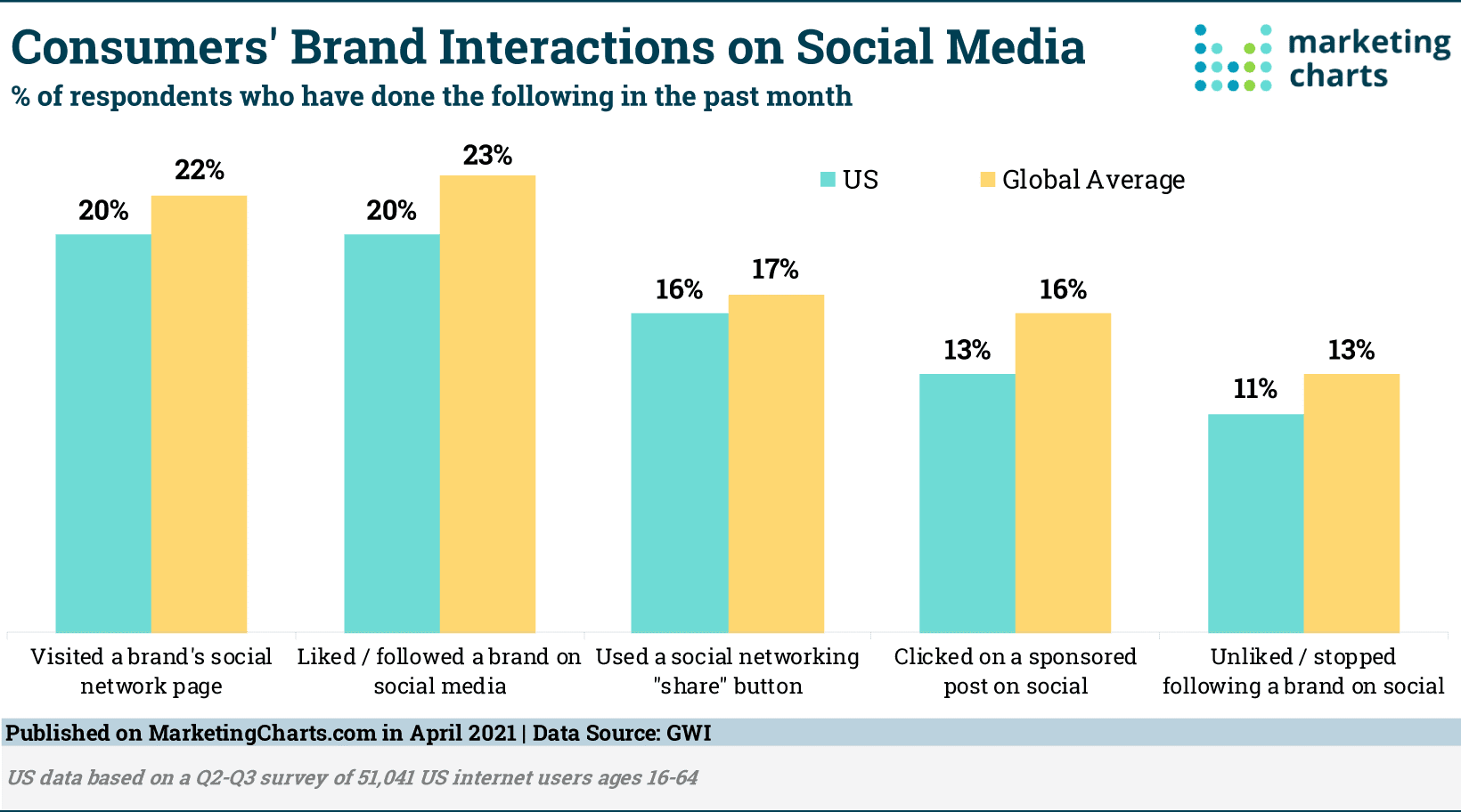
Source: Marketing Charts
Wrap Up
Customer retention is crucial to the longevity of your business. By utilizing effective content marketing practices, you can maximize the business lifespan of your customers and build brand loyalty. Now that you have the big picture, go put your plan into action!
Do you want to use some of the marketing strategies seen here on MIG’s site but need some help or advice? What luck! Marketing Insider Group has a team of 35+ experienced writers ready to produce content for YOUR business. Check out our weekly blog content service or schedule a free consultation.

